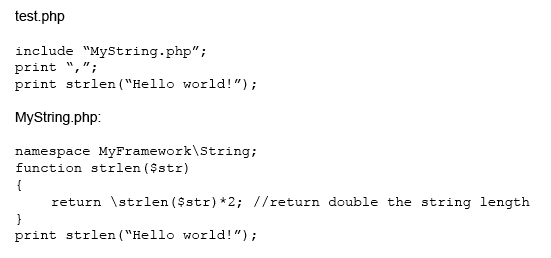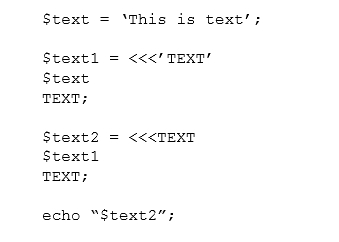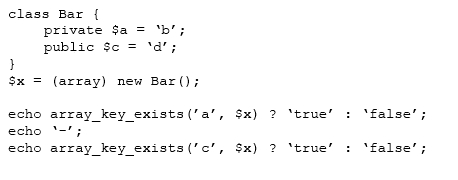Zend Certified Engineer
Here you have the best Zend 200-710 practice exam questions
- You have 38 total questions to study from
- Each page has 5 questions, making a total of 8 pages
- You can navigate through the pages using the buttons at the bottom
- This questions were last updated on February 18, 2025



